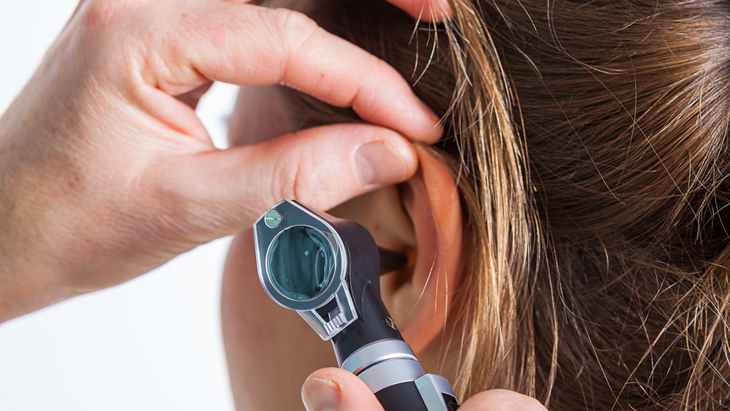What to expect at an ENT Consultation
ENT doctors, or otolaryngologists, are trained in the medical and surgical treatment of patients with diseases and disorders of the ears, nose, throat (ENT), and head and neck.
But for whatever reason you may have to see an ENT doctor, having organized a consultation, it can be quite daunting thinking about what may take place at this appointment.
So what can you expect to happen when you’re there?
This article on ENT consultation is written by Francis Vaz, ENT and Head & Neck Surgeon, London.
ENT doctors largely specialise in different aspects of ear, nose and throat care. They may be trained in both the medical and surgical treatment of hearing, ear infections, balance disorders, ear noise (tinnitus), nerve pain, and facial and cranial nerve disorders. ENT doctors also care for the nasal cavity and sinuses. This includes allergies and a person's sense of smell, as well as the appearance of the nose and a person's ability to breathing properly through their nose. They also look after the larynx (voice box) and the upper aero-digestive tract or oesophagus, including voice and swallowing disorders.
ENT doctors are trained to treat infectious diseases in the head and neck area. Some diseases include both benign and malignant (cancerous) tumours, facial trauma, and deformities of the face. ENT physicians can perform cosmetic, plastic and reconstructive surgery. There are also paediatric ENT physicians who treat the special needs of children.
So there are many reasons for having to visit an ENT doctor but what happens when you are there? An ENT Consultation is very different from an average consultation as we use unusual instrumentation to allow us to visualize difficult areas.
Outlined below is what to expect from a general ENT consultation, however, depending on the presenting symptoms of the patient, the consultation may vary, tailoring the history and the examination to the patients’ complaint.
Typically a history is taken eliciting the symptoms of the patient’s complaints. It is also important that the past medical history and medication (always bring a list with you) being used should be documented, as this may have relevance if a patient requires surgery at a later date. The history will become focused on the presenting complaint and its effect on the individual.
ENT is an unusual sub-speciality and requires specialist equipment to thoroughly examine the different areas of the ear, nose and throat. A thorough examination is usually undertaken but some aspects of the examination outlined below may not have to be undertaken if not relevant to the complaint.
Ears
An otoscope is an instrument used to examine the ears and illuminate the eardrum, so that the surgeon can identify normal landmarks and pathology. This instrument is made with an illuminating handheld light source with a small amount of magnification attached to it. It is not normally a painful experience and can usually be undertaken in all age groups.
In addition, the use of tuning forks as a gauge of hearing may sometimes be used as part of the consultation. However, sometimes it is required to undertake formal hearing tests to ascertain a more exact level of hearing. Occasionally, the eardrum and canal need to be viewed under magnification and a microscope can be used to provide this. The microscope allows for binocular vision, depth of field and the use of microsuction if necessary, to remove wax or debris from an ear canal.
Nose
To look at the front of the nose, a simple speculum together with illumination from a headlight is used to visualize the anatomy and possible pathology. Sometimes, especially after nasal surgery a rigid or flexible endoscope can be used to inspect the nose.
Throat
An external examination of the neck is not uncommon to feel for any glands or pathology. This is undertaken manually feeling the different areas of the neck in a methodical fashion.
The oral cavity is thoroughly examined often with a tongue depressor and good illumination to visualise the tongue and tonsillar area. It is not uncommon to visualize the back of the nose and the voicebox with a flexible nasolaryngoscope.
This is a fine fibreoptic cable that is inserted into the nose. It is a strange feeling in the nose as it is inserted but is certainly tolerable and gives the surgeon a superb view of areas that are very difficult to examine otherwise. The whole procedure usually only takes a minute and is often required as part of a thorough ENT examination.
In summary, an ENT Consultation can be an overwhelming experience due to the wide variety of examination techniques used. The summary above hopefully guides you through the full ENT examination, which may be completely undertaken or tailored to an individual’s need.
Did you enjoy this? Share:

